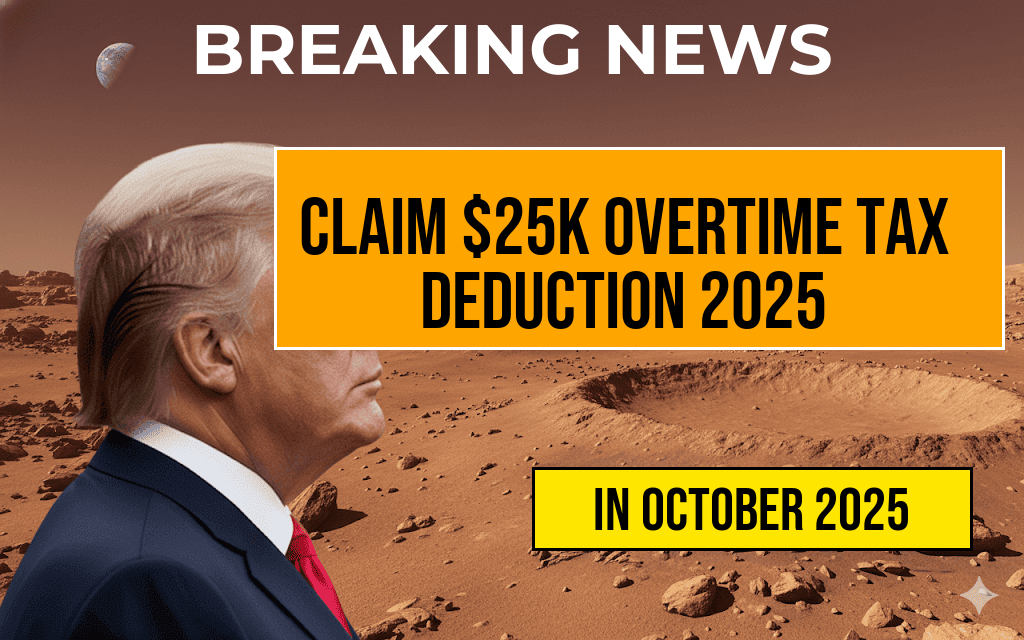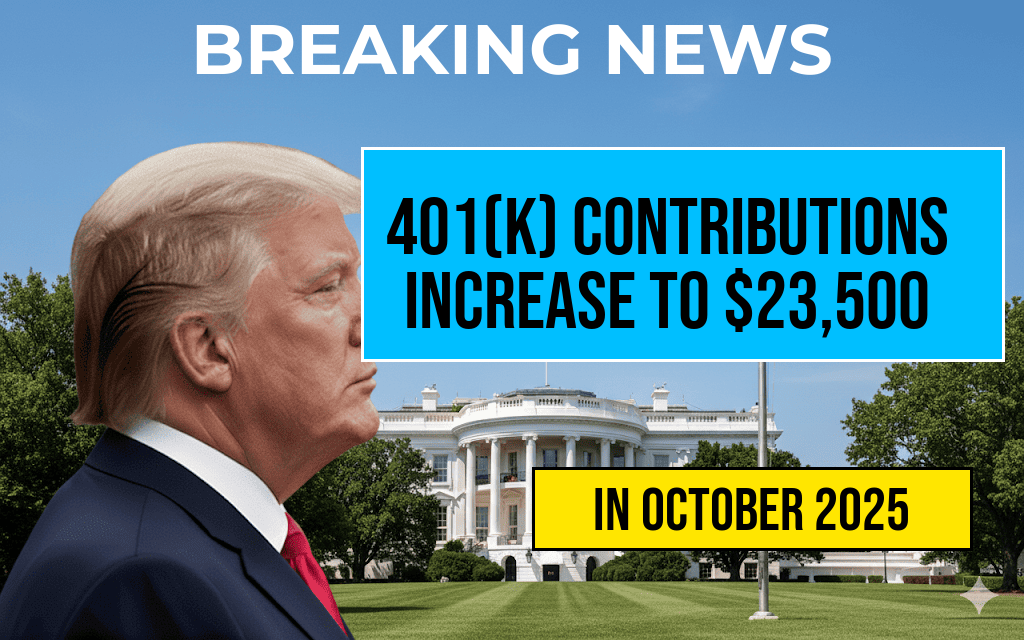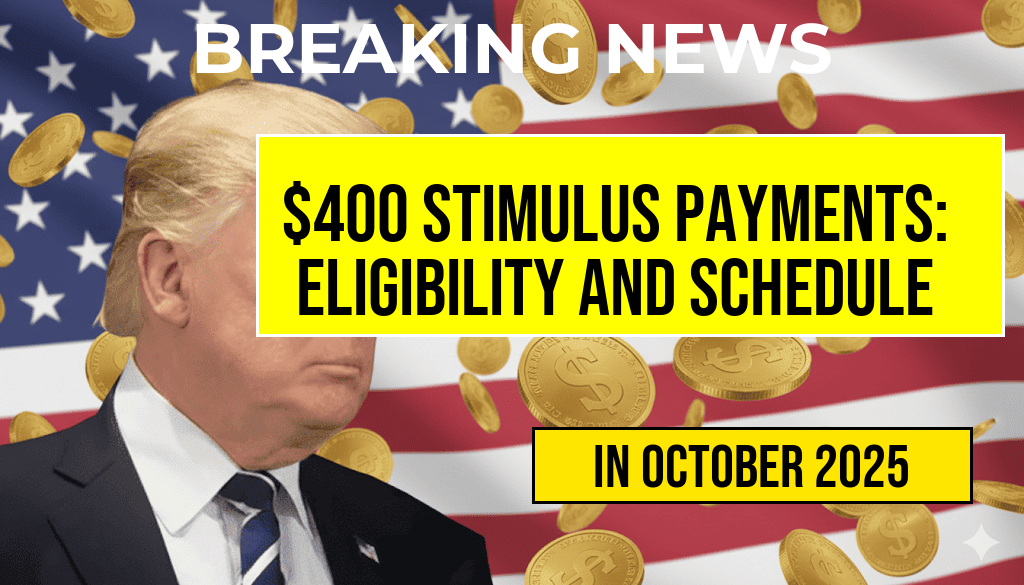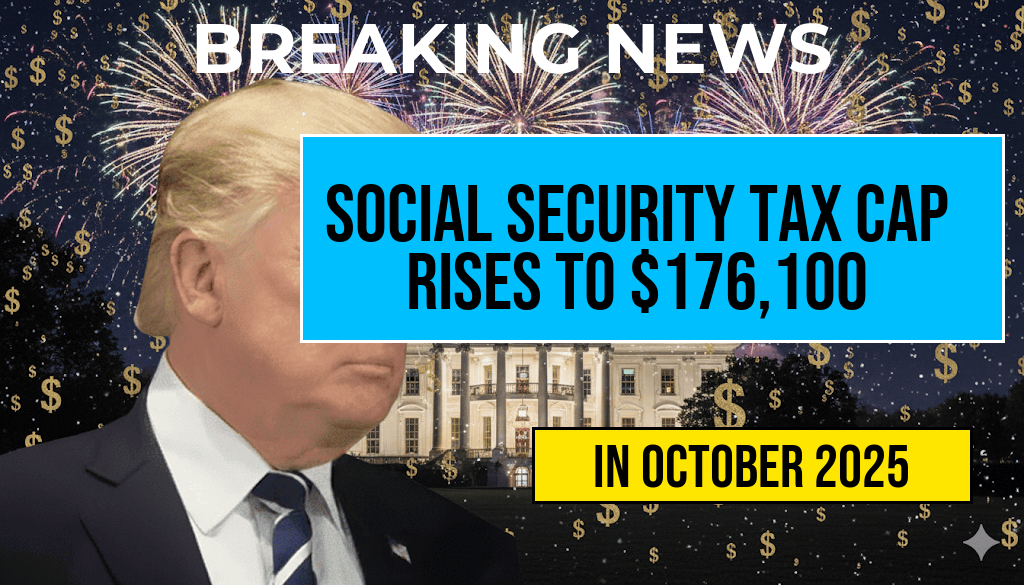The recent announcement of $400 stimulus payments has generated significant interest among U.S. residents as a means to provide financial relief amidst ongoing economic challenges. These payments are intended to assist individuals and families who are struggling due to inflation and the lingering effects of the pandemic. Understanding the eligibility criteria and the payment schedule is crucial for those who may benefit from this financial aid. This guide aims to clarify who qualifies for these payments, when they can expect to receive them, and how to navigate the application process if necessary.
Eligibility Criteria for the $400 Stimulus Payments
To qualify for the $400 stimulus payments, applicants must meet specific criteria established by state and federal guidelines. Below is a breakdown of the key eligibility requirements:
- Income Level: Individuals earning below a certain income threshold will be prioritized. Generally, those with an annual income of less than $75,000 for single filers and $150,000 for joint filers are eligible.
- Residency: Applicants must be residents of the state offering the stimulus payment. Proof of residency may be required.
- Tax Filing Status: Those who have filed a tax return in the previous year are more likely to receive the payment automatically. Non-filers may need to take additional steps to claim their stimulus.
- Age: While adults are primarily targeted, some states also extend eligibility to dependents, increasing the total amount families can receive.
Application Process
In many cases, eligible recipients will receive their $400 stimulus payments automatically if they have filed their taxes for the previous year. However, those who did not file or have other unique situations may need to take action. Here’s how to navigate the application process:
- File Your Taxes: If you haven’t filed your taxes, it’s advisable to do so as soon as possible. Ensure you provide accurate income information to determine your eligibility.
- Check State Guidelines: Each state may have its own rules regarding the stimulus payments. Visit your state’s official website or the IRS website for specific instructions.
- Provide Necessary Documentation: Be prepared to submit documentation proving your income, residency, and tax status if required.
Payment Schedule
The payment schedule for the $400 stimulus payments varies by state and individual circumstances. Here’s a general overview of when recipients can expect to receive their payments:
| State | Payment Date | Method of Payment |
|---|---|---|
| California | Late October 2023 | Direct Deposit or Check |
| New York | November 2023 | Direct Deposit or Check |
| Texas | December 2023 | Direct Deposit or Check |
It is recommended that individuals check with their state’s treasury department or official website for the most accurate and updated payment information.
Potential Impact of the $400 Stimulus Payments
The introduction of these payments aims to alleviate financial strain on households across the nation. As inflation continues to affect prices, the stimulus is expected to help recipients cover essential expenses such as groceries, utilities, and healthcare. Economists predict that this financial boost could stimulate local economies as families are likely to spend the funds quickly to meet their immediate needs.
Resources for Further Information
For those seeking more information on the $400 stimulus payments, several authoritative sources can provide additional insights:
Understanding the eligibility requirements and the payment schedule for the $400 stimulus payments can empower individuals and families to take full advantage of this financial relief. Staying informed through reliable sources will help ensure that you receive the assistance you may be entitled to.
Frequently Asked Questions
What are the eligibility criteria for the $400 stimulus payments?
To qualify for the $400 stimulus payments, individuals must meet specific income thresholds and residency requirements. Generally, those who have filed their taxes and are within the designated income brackets are eligible. Additionally, some states may have their own criteria that could affect eligibility.
How will I receive my $400 stimulus payment?
The $400 stimulus payment will typically be distributed via direct deposit, checks, or prepaid debit cards, depending on the method you selected when filing your taxes. It is advisable to verify your payment method with the IRS or your local tax authority.
When can I expect to receive my $400 stimulus payment?
The payment schedule for the $400 stimulus payments varies based on when you filed your taxes. Generally, payments are issued in waves, and you can check the status of your payment through official government websites or portals.
Will I need to pay taxes on the $400 stimulus payment?
No, the $400 stimulus payment is considered a form of relief and is not subject to federal income tax. Recipients do not need to report it as income when filing their taxes.
Can I appeal if I believe I am eligible but did not receive my $400 stimulus payment?
Yes, if you believe you meet the eligibility criteria for the $400 stimulus payment but did not receive it, you can file an appeal or request a review. Contact your local tax authority or the IRS for guidance on the appeals process.











